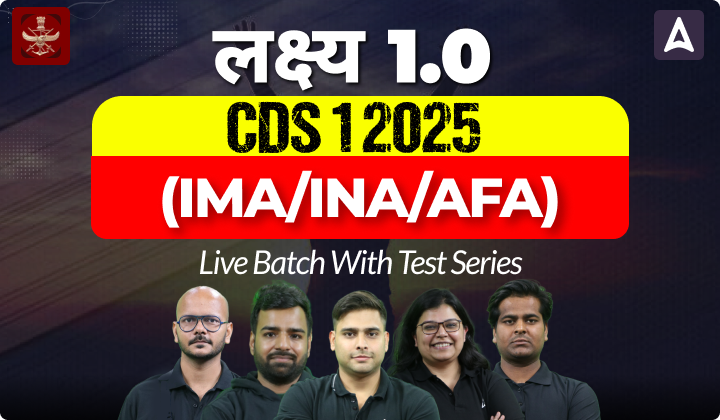Difference Between Loksabha and Rajyasabha
India follows parliamentary system of Government. It is a bicameral legislature composed of the president of India and two houses: the Rajya Sabha (Council of States) and the Lok Sabha (House of the People). Rajya Sabha is called as” upper house” and Lok Sabha is called as “Lower house” of the parliament. The president in his role as head of the legislature has full powers to summon and prorogue either house of Parliament or to dissolve the Lok Sabha.
The first elected Parliament came into existence in April, 1952 as the first general elections under the new Constitution were held during the year 1951-52. Here in this article we will understand the difference between the Loksabha and Rajya Sabha in details –
|
Lok Sabha
|
Rajya Sabha
|
|
Called as House of people
|
Called as the Council of States
|
|
can be dissolved.
|
Permanent body – Can never be dissolved.
|
|
With Direct elections citizens choose their representatives directly.
|
Elected legislators from the Assemblies of States and Union Territories indirectly elects the members.
|
|
Speaker is the head of the house.
|
Speaker is the head of the house and he is also the Chairman of the house.
|
|
Maximum strength of house is 552.
|
Maximum strength of house is 250 members.
|
|
Lok Sabha has the power to reject a money bill.
|
The Rajya Sabha has the authority to defend the rights of states against the Union, but it cannot reject a money bill.
|
|
Minimum age to become a member is 25 years old.
|
Minimum age to become a member is 30 years old.
|
|
The Lok Sabha has the power to express no confidence in the government,
|
Rajya Sabha has no power to express no confidence
|
|
In the Annual Budget, the Lok Sabha can vote on grant requests.
|
In the case of the budget, the Rajya Sabha has no voting power and can simply debate.
|
| Between 1952 and 2020, two seats were reserved in the Lok Sabha, the lower house of the Parliament of India, for members of the Anglo-Indian community, which later cancelled by the government by 104th amendment in the constitution. |
The president names 12 members with expertise and practical experience in the fields like arts, literature, science, and social service.
|
|
Citizen elects the members by the method of Universal Adult Franchise.
|
Here election is based on the method of Proportional Representation by Single Transferable Vote.
|
- Delhi, Jammu Kashmir, and Puducherry are the UTs that are represented in the Rajya Sabha.
- The Rajya Sabha is the upper house of Parliament, and every two years, a third of its members retire.
- Council of Ministers is only accountable to the Lok Sabha, that is the lower house, not the Rajya Sabha.
- The Lok Sabha and Rajya Sabha are powerful enough to amend the Indian Constitution.
- Both houses of parliament have the power to appoint and dismiss judges from the High Court and Supreme Court.
Houses of Parliament
Lok Sabha
- The Lower House or the Lok Sabha has a total of 550 members in which 530 members represent the States and the remaining 20 persons represent the Union Territories.
- There are only 543 members in total because only 13 members are elected to represent the Union Territories.
- Earlier, 2 Anglo Indians were not nominated for the Lok Sabha after the 104th Constitutional Amendment Act of 2019 was passed.
The Lok Sabha has the power to pass bills and laws for states and union territories. When a bill is passed by two-thirds of the members of parliament in an emergency, the bill is only valid for one year. Other bills, aside from money bills, can be passed by any of the house, Rajya Sabha or the Lok Sabha. If there is a deadlock on any bill, when two houses are not able to reach any consensus, the President of India will intervene and can call the joint sitting of the two houses of parliament. Overall, Lok Sabha has more powers the Rajya Sabha.
Money Bills can only be introduced in Lok Sabha by its members. After passing from Lok Sabha, it is sent to the Rajya Sabha for approval and suggestions. If the proposed modifications are agreed by members of the Lok Sabha, the bill would be passed by both houses of parliament. The Rajya Sabha is given 14-days to either pass the bill or return the bill to Lok Sabha with suggested modifications.
The Lok Sabha chooses its own speaker only from its member of the lower house.
Rajya Sabha
- Total number of seats is 250 members.
- States and Union Territories are represented by 238 members who are indirectly elected.
- The President nominates 12 members.
- Currently there are 245 members, with 233 members from states and UTs and 12 members are nominated by president. The Rajya Sabha must have the consent of the members of the Lok Sabha in order to remove the Vice-President which is the speaker and chairman of the council of states. Every decision taken by the Rajya Sabha must be approved by the Lok Sabha. Rajya Sabha represents all of India’s states and union territories. To pass any bill, affirmation of both the houses, Lok Sabha and the Rajya Sabha is required. Rajya Sabha has the enough power to examine and amend bills that have been passed by the Lok Sabha. Representatives or elected members of the assemblies of several states elect its members.



 Indian Navy SSR MR Recruitment 2025, App...
Indian Navy SSR MR Recruitment 2025, App...
 CDS 1 Exam Date 2025 Out, Check Exam Sch...
CDS 1 Exam Date 2025 Out, Check Exam Sch...
 AFCAT Exam Cut Off 2025 Out, Check Previ...
AFCAT Exam Cut Off 2025 Out, Check Previ...












